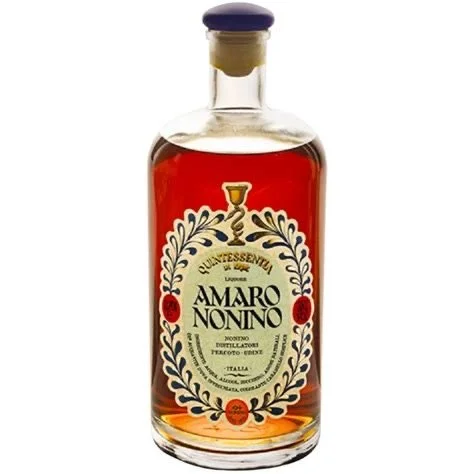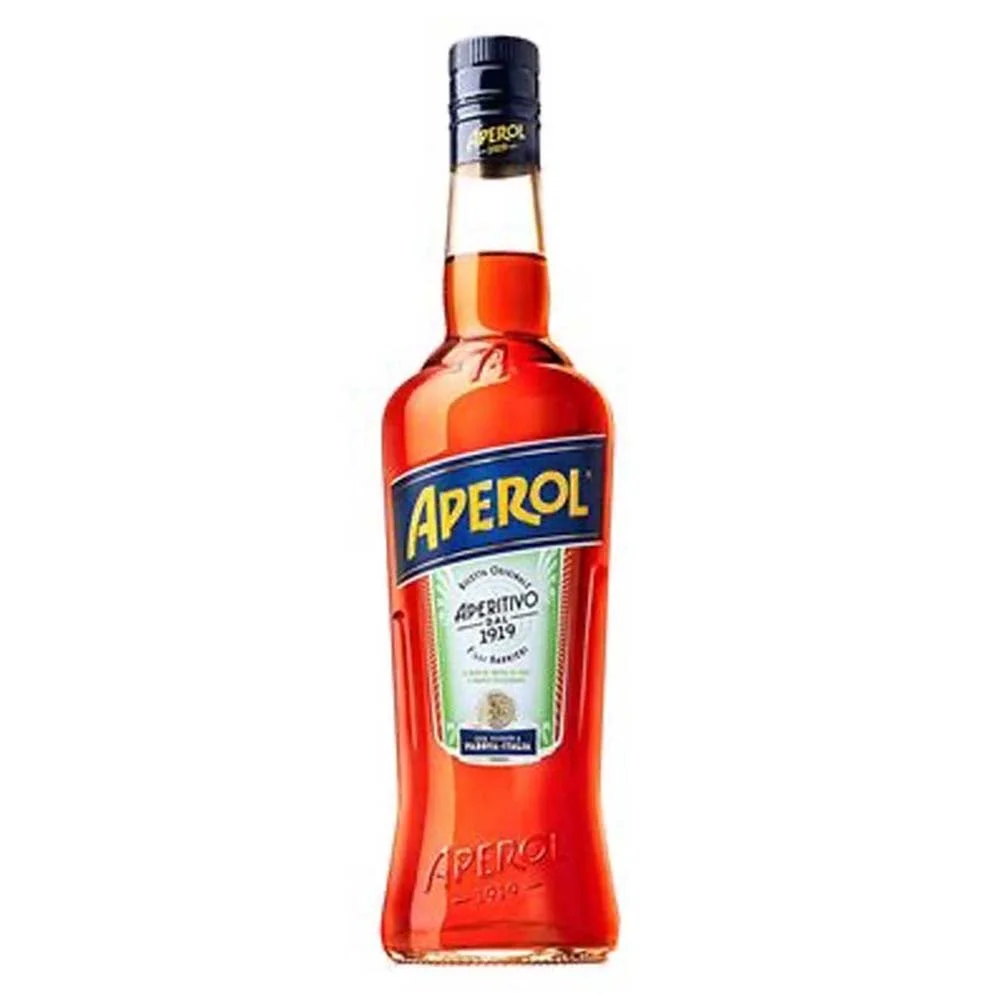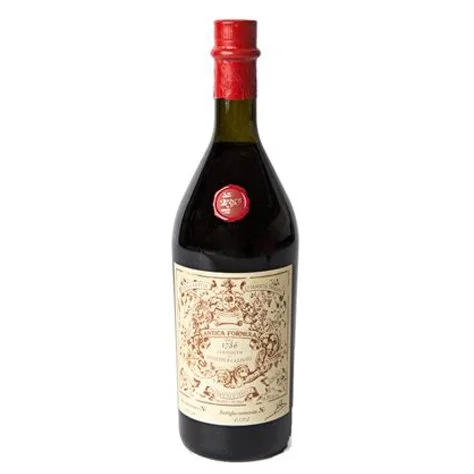AMARI
Bittersweet Tradition, Botanical Depth, Italy’s Gift to the Digestif
Amari (plural of amaro, meaning "bitter" in Italian) are complex, bittersweet herbal liqueurs traditionally enjoyed after meals to aid digestion. Ranging from softly spiced to boldly medicinal, each amaro is a unique blend of herbs, roots, barks, and citrus peels—often shrouded in secrecy and steeped in regional identity. Whether sipped neat, stirred into cocktails, or poured over ice with a twist of orange, amari offer rich, layered flavors and a window into the cultural traditions of Italy and beyond.
Key Characteristics
Amari are bittersweet and herbaceous, with a lower sugar content and higher bitterness than most liqueurs. They’re typically dark in color and vary widely in intensity, viscosity, and flavor profile.
Style
Herbal liqueurs defined by bittersweet flavor and botanical complexity
Traditionally consumed as digestifs, but increasingly popular in cocktails
Body
Medium to full
Texture
Ranging from syrupy and rich to dry and bracing
Primary Ingredients
Gentian, quinine, rhubarb root, myrrh, aloe, citrus peel, clove, cardamom, mint, artichoke, wormwood, chamomile, cinnamon, and dozens more—blended in proprietary formulas
Typical Flavors
Bittersweet herbs, orange peel, mint, licorice, dried flowers, warm spice, dark roots, molasses, menthol, cola, espresso, resin
Origin & History
Amari trace back to ancient herbal medicine but took their modern form in 19th-century Italy, where regional producers created signature blends of botanicals in alcohol. Originally made by monasteries, pharmacists, or family-run businesses, many classic amari remain family secrets. They reflect Italy’s deeply regional culinary culture—from the light, citrusy amari of the north to the brooding, bitter expressions of the south.
How It’s Made
Dozens of botanicals are macerated in a neutral spirit or wine base, then sweetened and aged. Some are rested in wood, others in steel or glass. Flavor balance is achieved through a careful layering of bitter roots, sweet spices, and aromatic herbs. Alcohol levels typically range from 16–40% ABV.
Notable Styles
Amari are often grouped by weight, bitterness, and regional influence.
Light & Citrusy Amari
Aperitivo-friendly; less bitter (e.g., Amaro Nonino, Amaro Montenegro)
Medium & Herbal Amari
Balanced, aromatic, versatile (e.g., Ramazzotti, Averna)
Bitter & Rooty Amari
Bold, intense, medicinal (e.g., Fernet-Branca, Lucano, Braulio)
Regional & Specialty
Alpine (Braulio), Sicilian (Amara), artichoke-based (Cynar), Sardinian (Mirto)
Fernet
Extra bitter, mentholated sub-style; polarizing and cult-classic
Cocktail Pairings
Amari add depth, bitterness, and backbone to cocktails—whether as a main ingredient or complex modifier.
Classic Cocktails
Black Manhattan, Paper Plane, Toronto, Hanky Panky, Revolver, Amaro Spritz
Modern Mixes
Cynar Sour, Amaro Negroni, Amaro Espresso Martini, Braulio Boulevardier, Fernet Root Beer Float
Food Pairings
Amari pair well with rich, roasted, or salty foods—and are also excellent with desserts that feature nuts, chocolate, or spice.
With Savory
Grilled meats, charred vegetables, mushroom ragù, aged sausage, roasted squash
With Cheese
Aged gouda, alpine cheese, blue cheese, Parmigiano-Reggiano
With Dessert
Chocolate torte, walnut cake, affogato, spice cookies, roasted figs
How to Serve It
Glassware
Small cordial or rocks glass; amari are typically served neat or over ice
Temperature
Serve at room temperature or slightly chilled. Bitterer styles often benefit from an ice cube and a citrus twist
Storage
Store sealed and upright in a cool, dark place. Most amari are shelf-stable and maintain integrity for 1–2 years after opening
Fun Fact
Fernet-Branca, one of the boldest and most medicinal amari, became unexpectedly popular in Argentina—where more is consumed annually than in Italy itself, often mixed with Coca-Cola.
Recommended Producers
These houses exemplify the diversity and craftsmanship of Italian amaro, where tradition, regional botanicals, and expert blending create complex, timeless liqueurs.
Amaro Nonino – Quintessentia
A beloved artisanal producer blending alpine herbs, citrus, and aged grappa into a smooth, bittersweet amaro that bridges elegance and tradition.
Aperol
An iconic Italian producer known for its bright, bittersweet orange aperitivo that has become a global favorite in the Spritz.
Lillet
A historic French maison crafting elegant, wine-based aperitifs that blend citrus, botanicals, and subtle bitterness with a touch of sweetness.
Carpano – Antica Formula
A legendary Italian producer credited with creating the original vermouth recipe, known today for its rich, vanilla-forward style that brings depth and elegance to stirred drinks.
Recommended Pours
Amaro Nonino - Quintessentia — A refined Italian amaro with balanced notes of bitter orange, spice, herbs, and a warm, honeyed finish.
Aperol - Aperitivo — A vibrant Italian aperitif with bittersweet orange, rhubarb, and herbal notes, perfect for spritzes and light cocktails.
Lillet – Aperitif — A refined French aperitif wine blending citrus, herbs, and subtle quinine for a lightly sweet, refreshing profile.
Carpano - Antica Formula — A rich and aromatic Italian vermouth with notes of vanilla, dried fruit, and spice, perfect for elevating classic cocktails like the Manhattan or Negroni.





